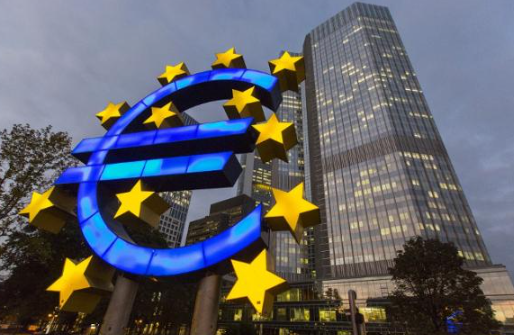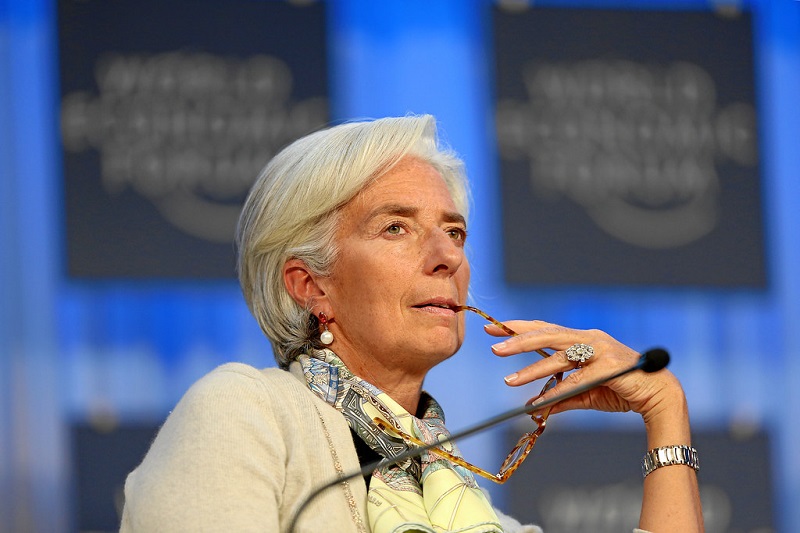Trade War Fears Spark European Reaction; Lagarde Ready for Stagflation
“I can’t say whether we’ve reached peak uncertainty. Negotiations are ongoing, and it’s hard to predict what could happen,” said Lagarde.

Quick overview
- The European Central Bank (ECB) cut its key interest rates by 25 basis points, marking the seventh cut in the current easing cycle.
- Inflation rates have shown signs of disinflation, with both headline and core inflation decreasing in March.
- ECB President Christine Lagarde emphasized the need for agility in response to unpredictable economic conditions and rising trade tensions.
- The ECB has adjusted its inflation forecast to 2.3% while lowering its economic growth projection to 0.9%.
Live EUR/USD Chart
The European Central Bank (ECB) continued its expected path of monetary easing, cutting its three key interest rates by 25 basis points.

This marks the seventh cut in the current easing cycle and the sixth consecutive reduction, with the ECB lowering rates at every meeting since September.
Specifically, the Governing Council set the deposit facility rate (DFR) at 2.25%, the main refinancing operations rate (MRO) at 2.40%, and the marginal lending facility rate (MLF) at 2.65%. These changes will take effect on April 23, 2025.
The ECB noted that disinflation is progressing steadily. Officials in Frankfurt highlighted that both headline and core inflation fell in March to 2.2% and 2.4%, respectively—down from 2.3% and 2.6%—in line with the ECB’s projections. Inflation in services also showed a notable slowdown.
Lagarde: “We must be ready for the unpredictable”
The ECB emphasized that most core inflation indicators are stabilizing near the Governing Council’s 2% medium-term target. Wage growth is beginning to moderate, and companies are absorbing part of the labor cost increases in their profit margins, which is helping to ease inflationary pressures.
“I can’t say whether we’ve reached peak uncertainty. Negotiations are ongoing, and it’s hard to predict what could happen,” ECB President Christine Lagarde said. “We must be ready for the unpredictable, remain agile, and rely on the data.”
Trade tensions cloud the outlook
However, not all signals are positive. The ECB warned that rising trade tensions—particularly those stoked by the United States under Donald Trump’s leadership—pose a growing threat to the eurozone economy.
While the region has shown resilience to global shocks, the central bank noted that the outlook for growth has weakened due to escalating international trade frictions. Increased uncertainty could undermine consumer and business confidence, while volatile market reactions could tighten financial conditions—both of which would weigh on the euro area’s economic prospects.
In March, the ECB raised its inflation forecast to 2.3% and cut its economic growth projection to 0.9%.
As a result, the Governing Council reaffirmed its commitment to price stability and reiterated that it aims to bring inflation to 2% over the medium term. In a climate of high uncertainty, the ECB stressed it will maintain a data-dependent approach, evaluating conditions at each meeting before making further policy moves.
- Check out our free forex signals
- Follow the top economic events on FX Leaders economic calendar
- Trade better, discover more Forex Trading Strategies
- Open a FREE Trading Account

